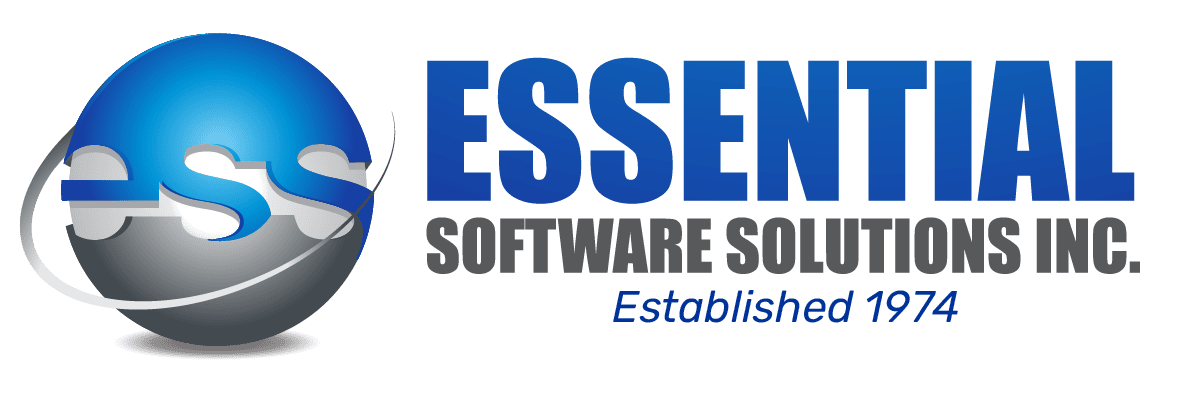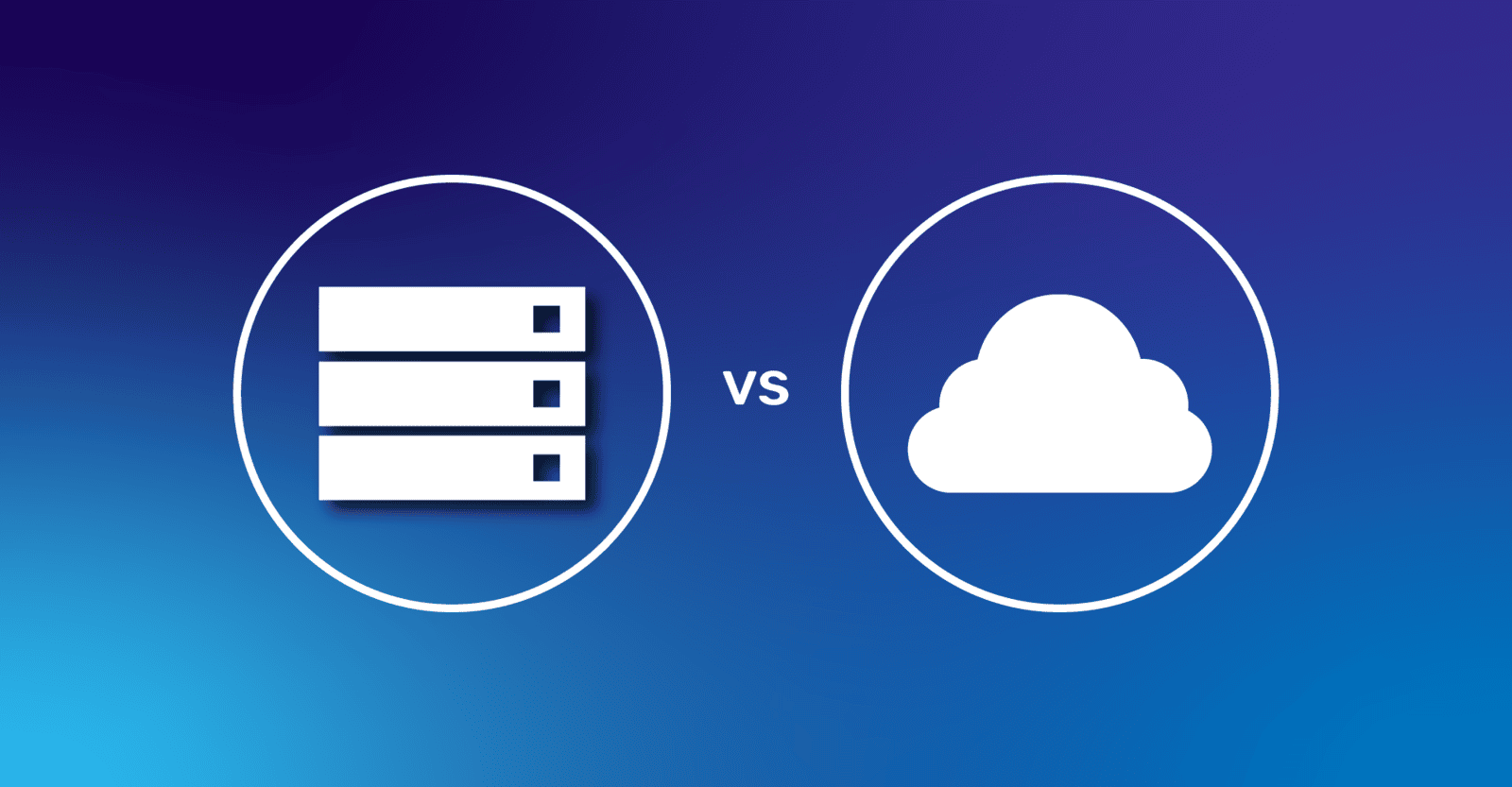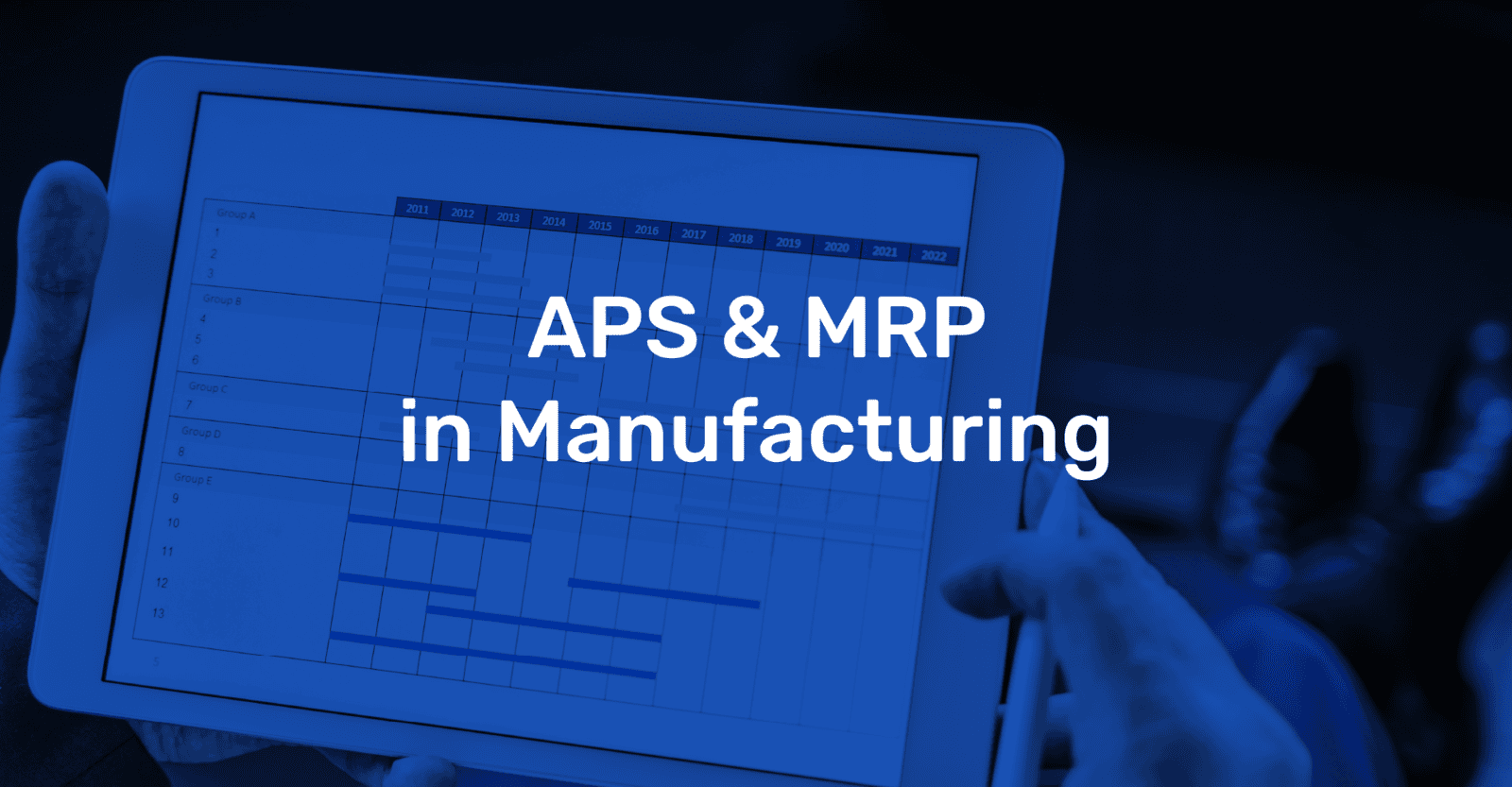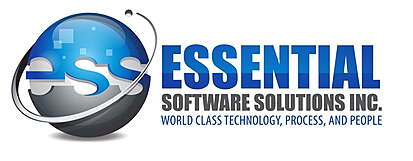ESS Services for Manufacturers
ERP Evaluation
ESS specializes in objectively identifying the best ERP for manufacturers, given your specific needs and budget! Let us help you take the guesswork out of one of the most important investments a business can make.
ERP Implementation
Utilizing ESS’ proven ERP implementation methodology honed over half a century, leveraging various educational approaches which align to your unique requirements. ESS also leverages all-encompassing project management to shepherd change management and ensure constant bidirectional communication.
Industry 4.0
Adopting Industry 4.0 practices can be a true game changer for manufacturers. Access advanced data insights and measure your performance while stay proactive against potential problems.
Top 10 ERP Requirements for Manufacturers
Calculating Lead Time
Do you need your ERP to calculate Available to Promise (ATP) and Capable to Promise (CTP) during estimating—not just during order creation?
Shop Floor Scheduling
Would you prefer your scheduling system could optimize shop throughput without adding overhead, using drag-and-drop tools and “what-if” simulations.
Sub Assemblies
Does your current ERP provide costs visibility and auto-updates the schedule for sub-assemblies throughout the entire build structure?
Engineering Change Control
Would you like your ERP to control engineering authorizations, revisions and workflows?
Actual Job Costing
Can you track Actual Costs and variances real time for more accurate quoting and estimating?
Material Planning
Have you considered actual demand material planning, or is MRP (material planning to a forecast) good enough?
Quality Management
Is integration between QA systems and your ERP important? Features such as Vendor Performance Tracking, Non-Conformance, and Corrective Actions.
Technology Footprint
Does your ERP provide you the intuitive reporting tools that do not need expensive programmers or custom coding? How would you like an ERP that offers easier-to-use tools for custom reports, dashboards, and queries. Or does your ERP require extensive IT staff and expensive infrastructure?
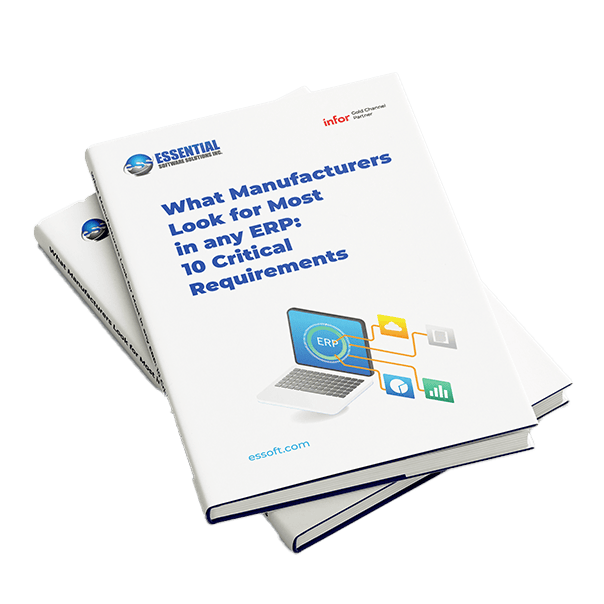
Download Your Guide
It's not about buying ERP software - it's about choosing the right ERP solution and right ERP implementation partner. Download our ERP selection guide, we've listed 10 critical requirements for all kind of manufacturers.
Meet Infor ERP Solutions for
Industrial Manufacturing
Infor CloudSuite Industrial and VISUAL ERP are both robust ERP systems for manufacturers. They are designed to streamline mixed-mode, engineer-to-order (ETO), make-to-order (MTO), assemble-to-order (ATO), custom and configure to order manufacturers utilizing manufacturing best practices refined over decades.
What makes Infor stand out from its competitors?
- Built for manufacturers by manufacturers
- Manage planning and scheduling with mixed mode support for ETO, MTO, MTS, repetitive, and process manufacturing (without necessity of 3rd party applications)
- Infor prioritizes user experience with intuitive, easy-to-navigate interfaces. The system is designed to reduce the complexity that typically comes with ERP systems.
- Infor ERP systems integrate well with other software tools and technologies, including IoT, AI, and analytics.
- Infor embeds advanced analytics and artificial intelligence directly into its ERP systems, offering predictive capabilities, smarter decision-making tools, and more accurate forecasts that help companies stay competitive.
- Businesses can deploy Infor’s ERP solutions on-premise, in the cloud, or in hybrid environments, offering greater flexibility in meeting their unique operational requirements.
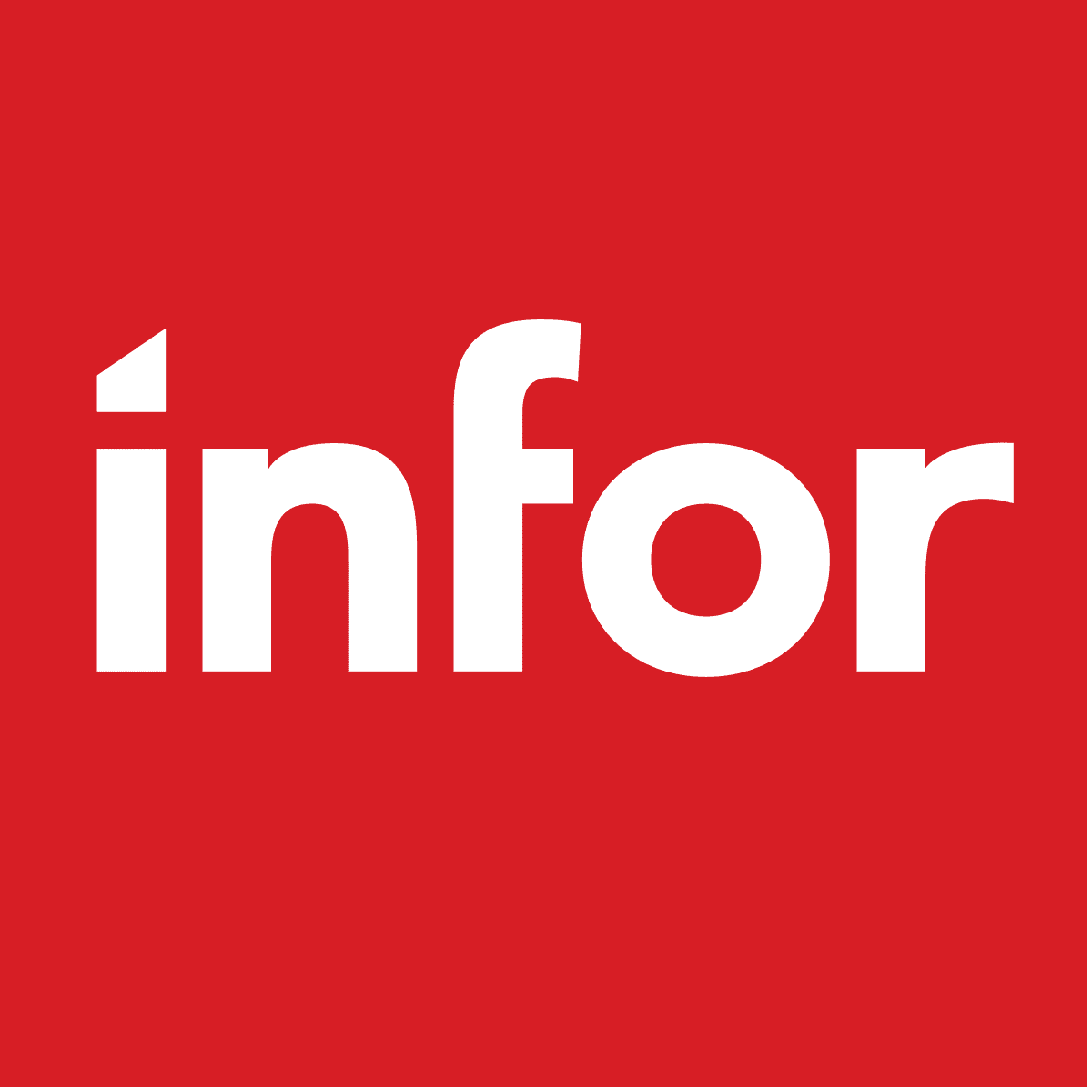
Infor ERP Products for Manufacturers
Infor CloudSuite/Syteline
Cloud-based ERP designed for industry-specific needs, enhancing scalability and flexibility.
Infor VISUAL
ERP solution for manufacturers, offering real-time insights and streamlined operations.
Infor CPQ
Configure, price, and quote solution that streamlines the sales process with accuracy.
Infor Generative AI
AI-powered solution that creates data-driven insights and automates decision-making processes. Now integrated to Infor CloudSuite.
Infor Machine Learning
Leverages AI and machine learning to enhance predictions, automation, and business decisions.
Infor Robotic Process Automation (RPA)
Automates repetitive tasks with intelligent robots, improving efficiency and reducing errors.


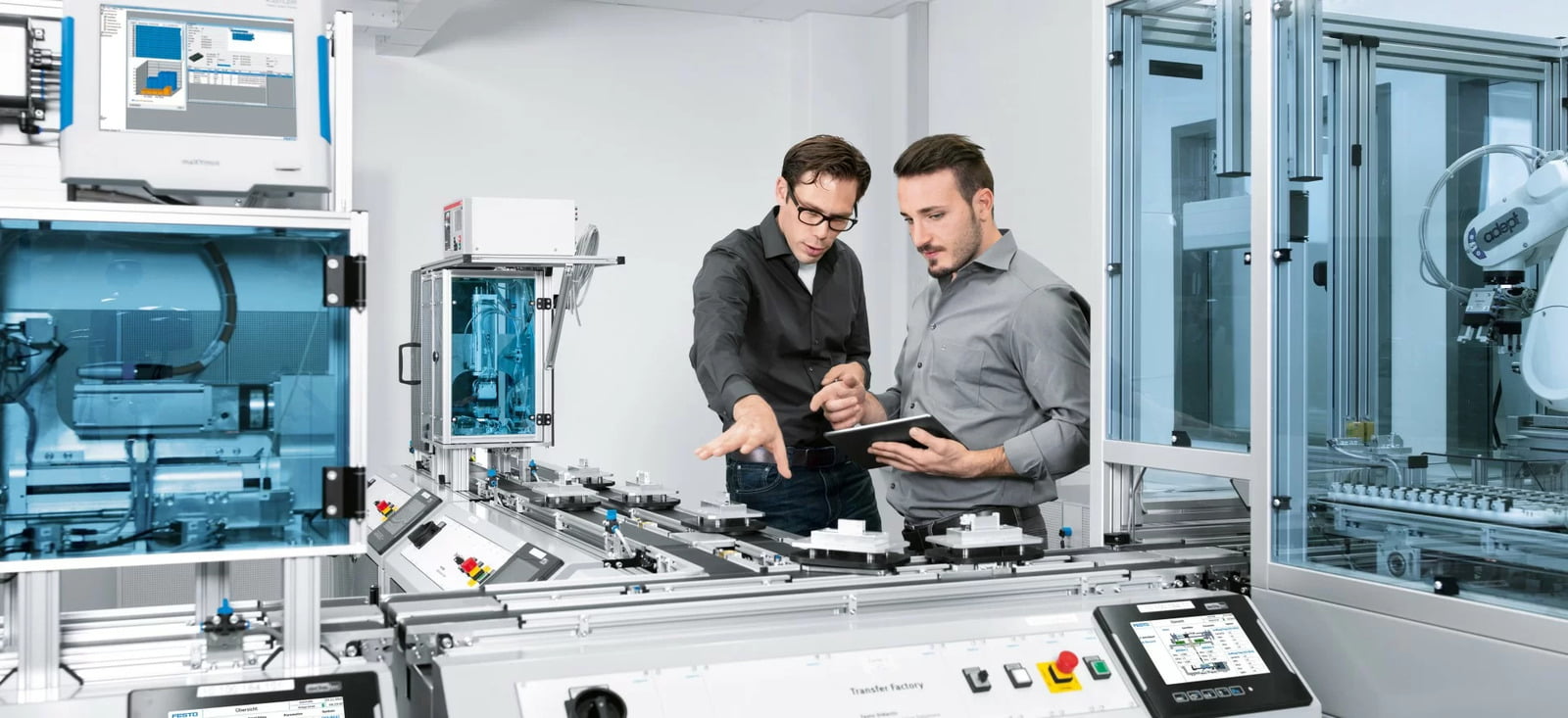

What is your industry?
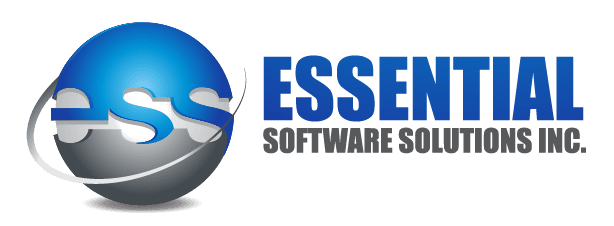
Talk with an ERP advisor
Do you have questions about ERP selection, ERP implementation, ERP trainings or any other issues with digital transformation? Talk with one of our advisor, we'd be glad to help you.
Don't hesitate to contact. Our client policy is 'no string attached'.
